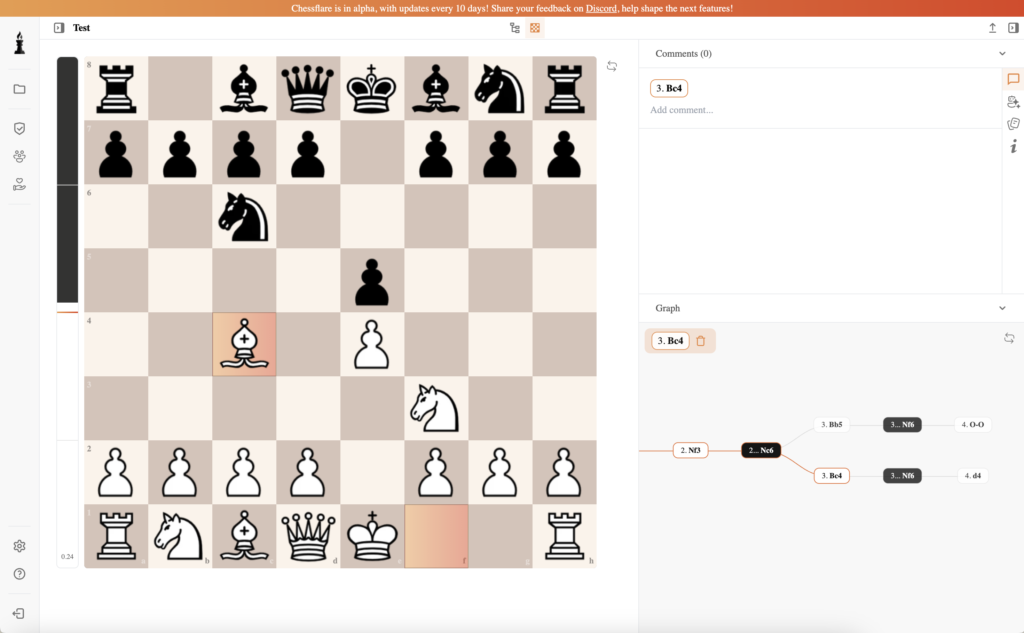The Italian School of chess, forged during the Renaissance, was instrumental in shaping modern chess strategy. Renowned for its innovative approach and systematic analysis of the game, this movement laid the foundation for the opening theories and tactical evolutions we see today. By integrating artistic creativity with methodical research, these early pioneers elevated chess from a simple board pastime to an exacting science.
Origins of the Italian School
The Italian School emerged in the 16th and 17th centuries, a period marked by significant cultural and intellectual ferment across Europe. Italy, with its flourishing arts and sciences, naturally became a hub for chess experimentation. Cities like Venice, Rome, and Florence hosted numerous chess salons, where noblemen and scholars alike gathered to test their skills and exchange ideas.
This environment gave rise to a new breed of chess thinker who sought to codify strategies and publish extensive manuals. Their focus on open games and precise calculation was groundbreaking, offering a stark contrast to the more direct, tactical style of the earlier medieval period. The Italian masters believed that an in-depth study of center control, rapid piece development, and subtle maneuvering could yield formidable advantages, thus shaping the strategic pillars of modern play.
Key Figures of the Italian School
Gioachino Greco
Often hailed as a brilliant tactician, Gioachino Greco documented numerous opening traps and tactical motifs that remain relevant today. His manuscripts, translated into various languages, disseminated chess knowledge throughout Europe and heavily influenced subsequent generations of players.
Giulio Polerio
Giulio Polerio was an early theoretician who laid the groundwork for what would become standard chess openings. His manuscripts, compiled under the patronage of Italian nobility, offered deeply analyzed lines of play, including critical variations in the Italian Game.
Domenico Ponziani
A respected priest and legal scholar, Domenico Ponziani contributed to both opening theory and endgame studies. His opening system, known as Ponziani’s Opening, exemplifies the Italian School’s innovative spirit, prioritizing quick development and central control to seize an early initiative.
The Italian Game: A Strategic Milestone
The Italian Game, characterized by the opening moves 1. e4 e5 2. Nf3 Nc6 3. Bc4, is perhaps the most famous legacy of the Italian School. This opening underscores principles central to the Renaissance approach:
- Rapid Development: Utilizing knights and bishops early to control the board.
- Center Control: Occupying and influencing central squares like d4 and e4.
- Flexibility: Allowing multiple plans, from aggressive pawn pushes to calm positional maneuvers.
By focusing on open lines and piece coordination, the Italian masters demonstrated how early development could lead to tactical opportunities and endgame advantages.
Lasting Influence and Legacy
The ideas propagated by the Italian School reverberate through centuries of chess literature. By establishing a systematic approach to analysis and emphasizing strategic planning, they paved the way for the later works of François-André Danican Philidor and other prominent theorists. Their manuscripts remain reference points for players studying historical opening methods and chess evolution.
Modern grandmasters and enthusiasts still look to the foundations laid by these Renaissance pioneers. Whether exploring dynamic openings or perfecting positional play, the footprint of the Italian School remains evident. It reminds us that chess is both an art and a science, blending creativity with precise calculation.
Conclusion
The Italian School stands as a pivotal chapter in the history of chess, emblematic of an era that championed both intellectual rigor and artistic flair. Its emphasis on open positions, strategic development, and cohesive planning continues to guide players of all skill levels. By delving into the teachings of Greco, Polerio, and Ponziani, one can appreciate the enduring legacy that has shaped centuries of chess thought. If you’re seeking to understand the roots of modern chess strategy, the Italian School offers a timeless and enlightening foundation.

